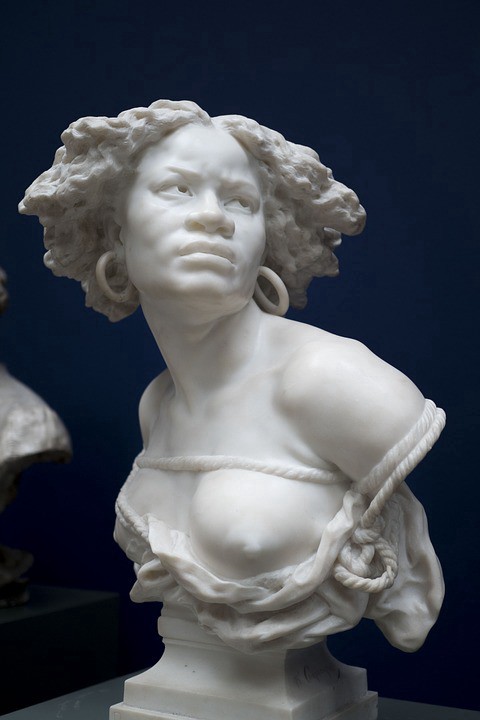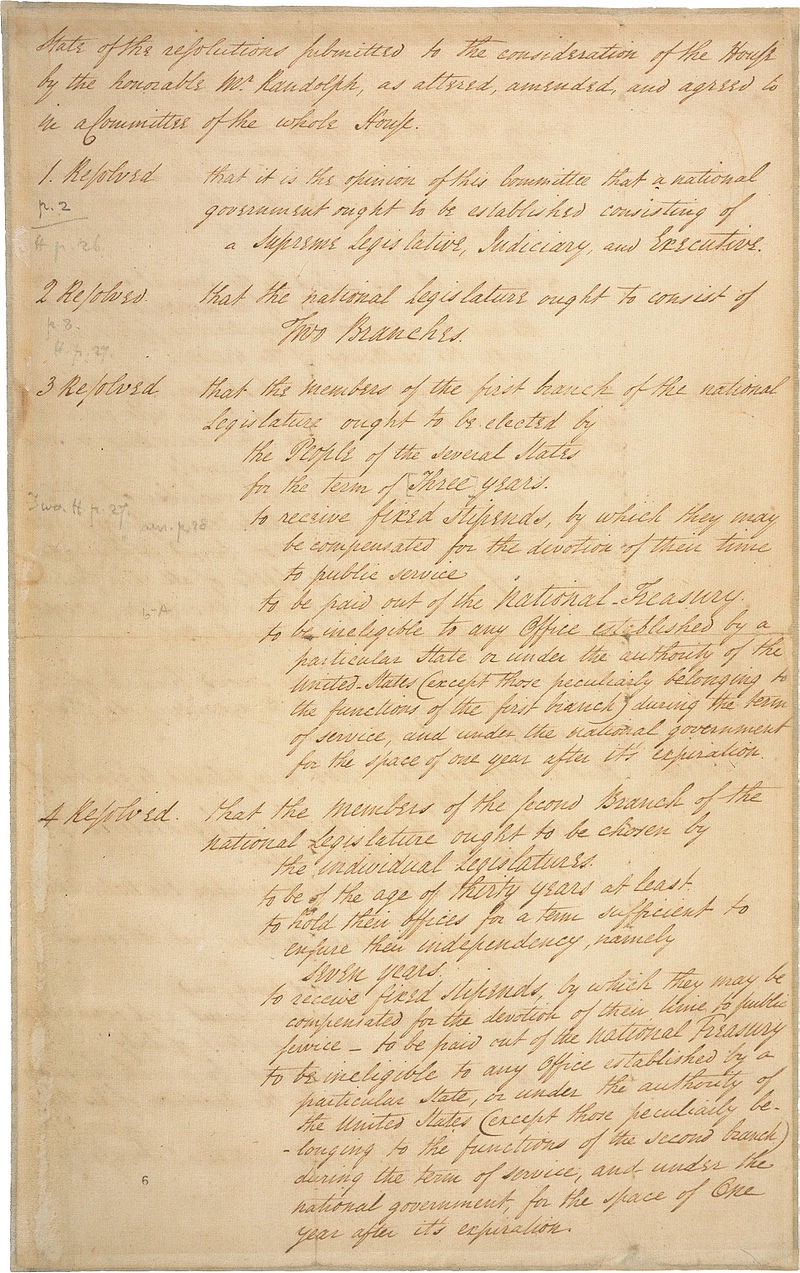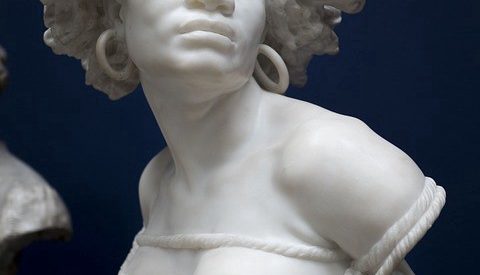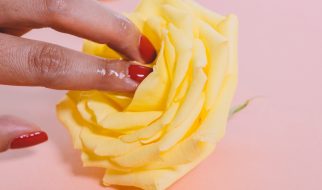
There are historians that will tell you that while there was ?occasional? slave breeding by individual plantation owners. There was no such thing as a ?breeding farm.? They say economically it would not be feasible to have a farm of slave women who did nothing but breed, producing no revenue for years at a time while requiring food, clothing, and healthcare. The average breeding farm didn?t follow that model unless it was supplemented by another source of revenue like a slave jail which gave access to the men, often the very bucks they were looking for to produce bigger, stronger slaves. The price a slave child could generate was partially based on height and frame. Men and women breeders were selected for their physical qualities over any other factor.
?I consider a woman who brings a child every two years as more profitable than the best man of the farm. What she produces is an addition to the capital, while his labors disappear in mere consumption.? -Thomas Jefferson
On the normal slave breeding farm, slave breeding was like a secondary line of business though it may have produced the most revenue. Slaves, including the women, continued to pick cotton, or grow and harvest rice, and sugar. Sometimes the men were leased out to the railroads often performing the dangerous work of blasting tunnels, others built the nation’s prestigious educational institutions; Harvard, Brown, Georgetown, and Jefferson?s University of Virginia. Some colleges only benefited from the profits of slave traders and owners, others owned slaves themselves.
History shows slavery helped build many U.S. colleges and universities
Dozens of American colleges and universities are investigating their historic ties to the slave trade and debating how?
www.apmreports.org
Women often worked in the fields until late in their pregnancy. This may have been a factor in the high mortality rate of both mothers and children, it was factored in as a cost of business. Overall, the numbers of domestic slaves continually rose, referred to as ?natural increase? as if the result of sex-starved slaves. In reality, slaves were often forced to marry other slaves selected by the master based on physical traits, or forced to breed with the hardiest men, or raped by the master and his friends and family. Even the lighter-skinned slaves resulting from those pairings had special value as house servants or some of the women became ?fancies? to serve as bed wenches at the master?s discretion or used as prostitutes.
The purposeful breeding of slaves in America was no accident. The foundation of the process was part of the Constitution of the United States, required changes in law and laws passed by Congress. All of it ties to the history of tobacco and its impact on Virginia farmers, including the previously quoted Thomas Jefferson who led much of the charge. By the time of the Revolutionary War, tobacco was already diminishing as a cash crop in Virginia and nearby states. Failure to rotate crops and unstable exports due to wars involving Britain their best customer led to many farmers switching crops. At one time, tobacco was the leading crop in Virginia requiring a large number of slaves to support it. By the late 1700s, slavery was Virginia?s biggest export with tobacco lagging far behind.
Tobacco in Colonial Virginia
In 1611 Rolfe, known as “an ardent smoker,” decided to experiment with cultivating tobacco in Jamestown. The plant had?
www.encyclopediavirginia.org
New slaves in America came from two sources, they were born to other slaves already present, or they arrived by ship from Africa or the Caribbean. Home-grown slaves were competing against the lower-priced slaves from the International market. Though the framers never explicitly mentioned slavery until the 13th Amendment, the Constitution established the framework which would make slave breeding more profitable. Virginian?s played a significant role in the shaping of the Constitution, coming up with the Virginia Plan which was the document from which negotiations began.

Attributed mostly to James Madison and then Virginia Governor Edmund Randolph, it set forth 15 resolutions, many of which became the basis for the Constitution. Smaller states rallied behind the New Jersey Plan which addressed their concerns. For the purposes of slave breeding, it was South Carolina, home of the nation?s largest port receiving slaves (Charleston) that impacted the Constitution. In a bargain with the Virginians, it was agreed that the United States would maintain the International Slave Trade for a minimum of twenty years from the ratification of the Constitution. The results of that negotiation expressed itself in Article 1, Section 9; Clause 1.
Article 1, Section 9: Clause 1
Clause 1. The Migration or Importation of such Persons as any of the States now existing shall think proper to admit?
medium.com
The Constitution set the stage, but there was still a specific action required to eliminate the competition of International slavery. Congress had to pass a law banning the International Slave Trade, which it could not do according to the Constitution, prior to January 1, 1808. The President at that time, Virginia slaveholder Thomas Jefferson, wasted no time in ensuring that slaveholders in Virginia, Maryland, Delaware, and a few other states could maximize their profits by eliminating the competition. He got all the legislation out of the way in 1807 so that the ban of the International Slave Trade could take effect on the first day possible. He couched it in the language of ending the violation of the human rights of slaves. But the new law did nothing to end slavery, it only offered protectionism against foreign imports, enriching those who grew their own.
?I congratulate you, fellow-citizens, on the approach of the period at which you may interpose your authority constitutionally, to withdraw the citizens of the United States from all further participation in those violations of human rights which have been so long continued on the unoffending inhabitants of Africa, and which the morality, the reputation, and the best interests of our country, have long been eager to proscribe.? -Thomas Jefferson
Thomas Jefferson Did More To Promote Domestic Slavery And Slave Breeding Than Any Other President?
While the current trade war between Donald Trump and China keeps making the news. There?s another trade war guided by?
medium.com
There was one other thing that made slave breeding possible. In most of the rest of the world where slavery existed, the children of slaves were born free. According to English common law which previously was the standard for the American colonies, the bloodline of children followed the father. This made fathers financially responsible for their children and they could be forced to provide at least nominal support for their illegitimate offspring. As early as 1662 that was changed in America which adopted a new standard where children followed the mother?s bloodline. Any child of a slave woman was automatically a slave as well. Any plantation owners or their sons or any white man who raped a slave and created a child had no responsibility but ironically accumulated wealth as a result. Slaves were used as collateral on loans and treated like any other asset. These laws, known as, Partus Sequitur Ventrem, legalized rape and perpetuated slavery, they were a peculiarly American institution.
Partus Sequitur Ventrem ? The Rule That Perpetrated Slavery And Legalized Rape
?That which is brought forth follows the belly (womb)?
medium.com
In American history books and descriptions of slavery, you can find references to ?breeders,? but find little information as to their actual lifestyle. If they were paired with a mate and didn?t produce a child within a reasonable period, they might be given a new mate, hoping for better success. They were still available to the master to use as a concubine at will. Masters often had to approve a marriage, wishing to make sure the likely product of that mating would be a strong child. For those plantations more attuned to the business of selling slaves to optimize profits, they typically sold the children when they were between 8?10 and able to perform a daily workload. This was especially true in Virginia and Maryland, whose plantations had less need for slaves to work their own fields due to diminishing returns from tobacco. The slaves were sold further South, sent by ship, by rail, or walking in coffles with slaves chained in pairs and then linked in long lines to their destination.
Slave breeding wasn?t merely anecdotal or rumored, it was systemic and played a great role in how America was literally built and how it got its wealth, by paying less for labor than other nations, ensuring a more profitable outcome. Several opinion articles have appeared in leading publications like the Wall Street Journal and National Review, in defense of the founders and their aspirations to end slavery as soon as possible. The truth that applies to most of them is that they were slave owners themselves, didn?t free their slaves during their lifetime (some not even after their deaths) and put in place the mechanism which perpetuated one of the most heinous acts in American history, the forced breeding of slaves for profit. While there were almost no farms that exclusively bred slaves, almost all major plantations engaged in slave breeding, some using slaves to balance their ledgers at the end of the year by selling off the amount needed to pay their taxes or settle debts.
‘The Slaves Dread New Year’s Day the Worst’: The Grim History of January 1
“Of all days in the year, the slaves dread New Year’s Day the worst of any,” one 1842 account explained. Here’s why.
time.com
Some historians would tell you that slave breeding plantations didn?t exist. They would say that the practice was rare and that it was against the principles of America and its founders. They might admit it might have occurred sporadically but that such an institution could not take place in a great country such as our, founder on high morals and principals. In each of those cases, they would be wrong.


